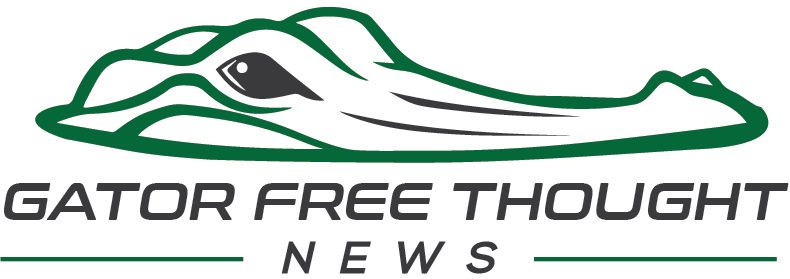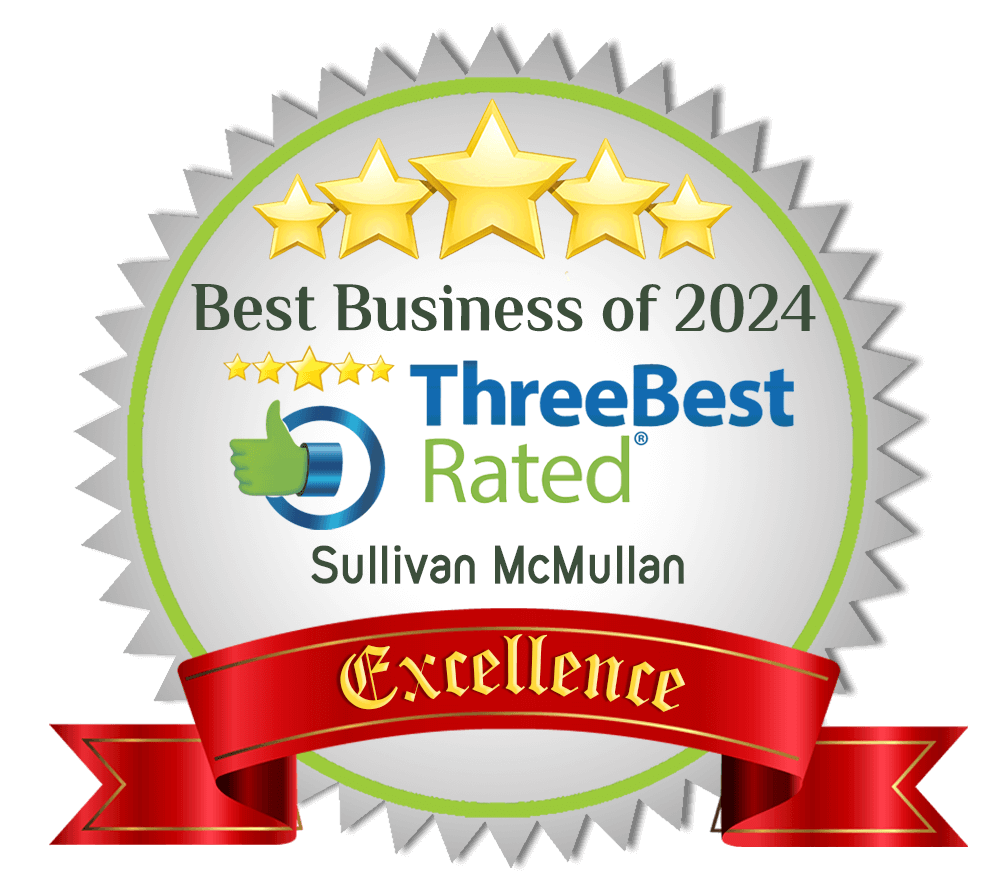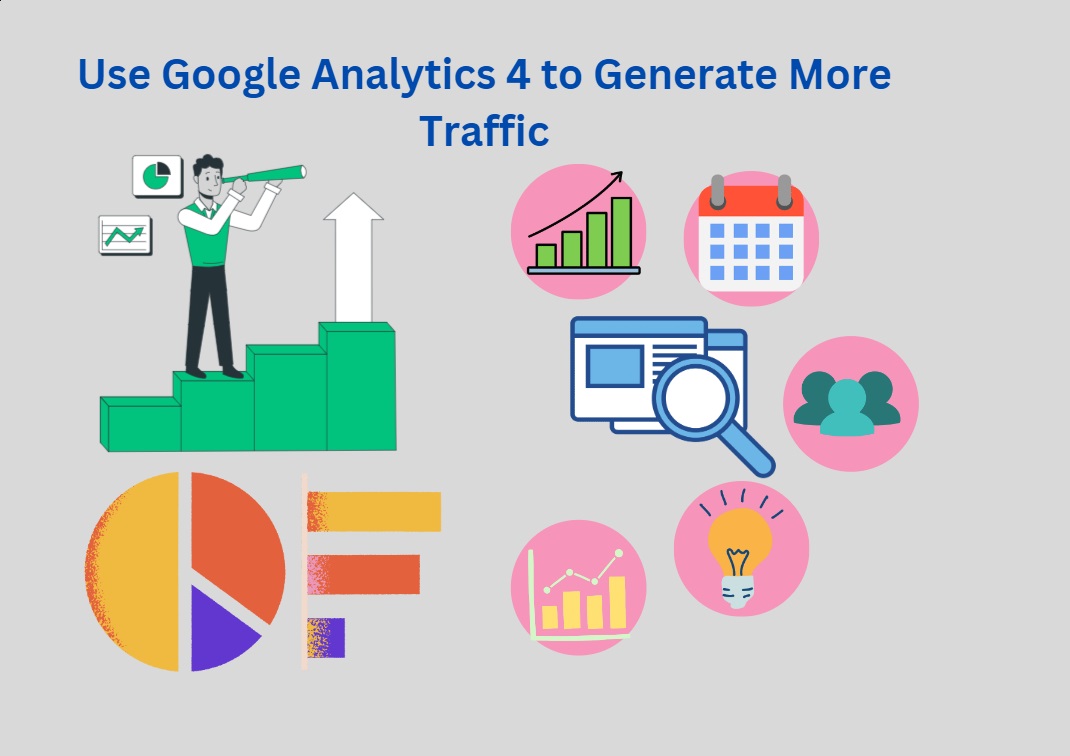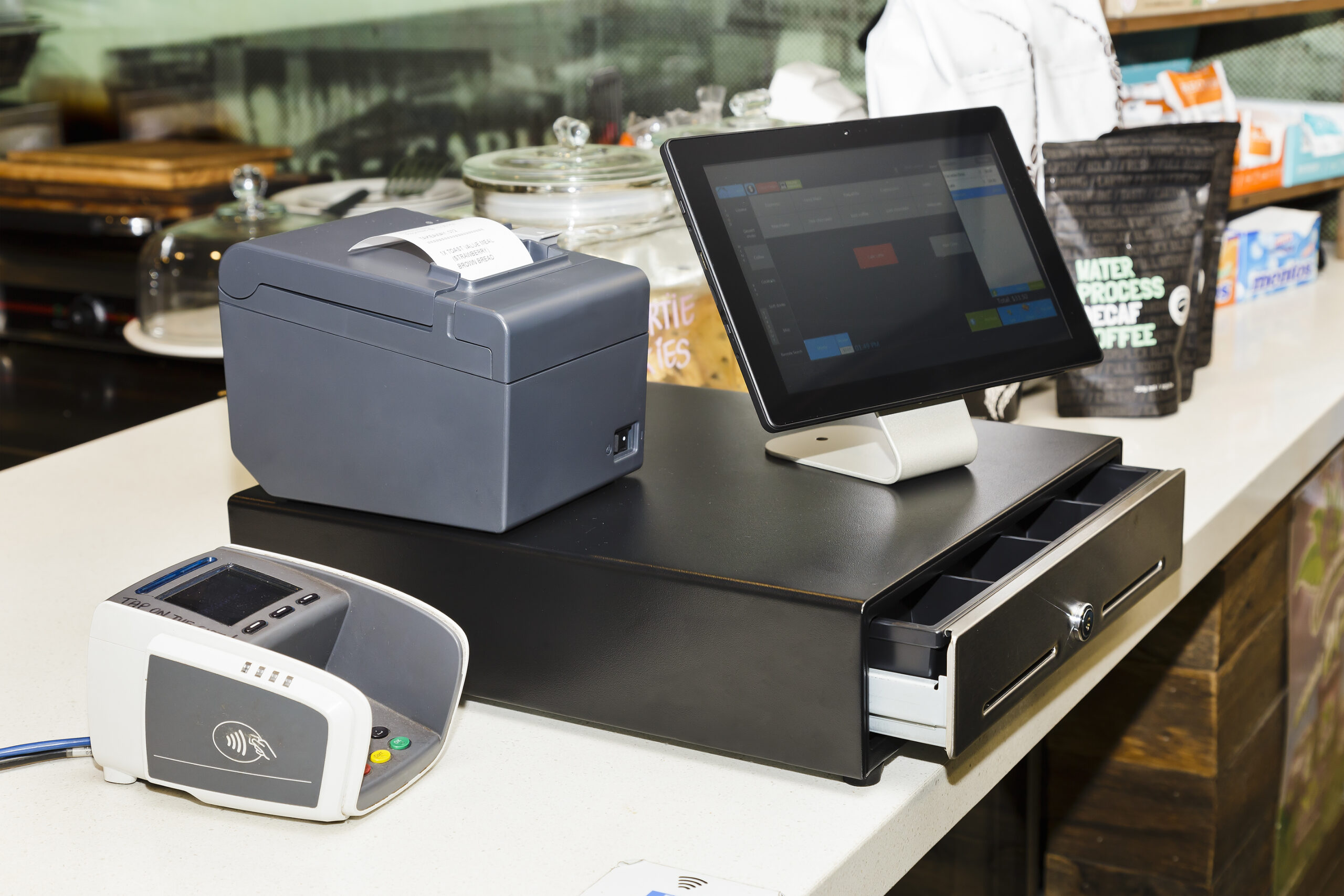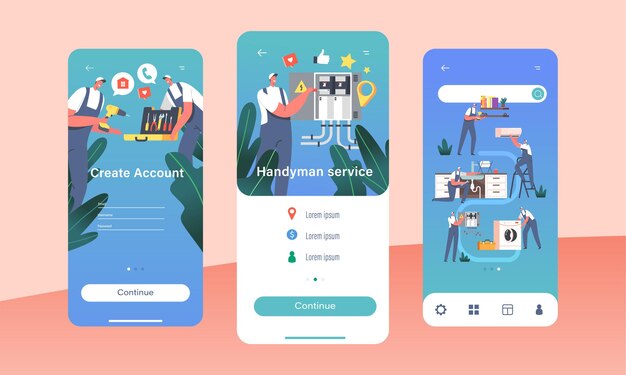How To Get The Most Leads Out Of Your Pest Control Landing Page
Advertising for pest control can be difficult when you don’t know what you are doing, But as a business owner, you understand that name recognition is important. A catchy radio jingle or an interesting TV spot can mean your company is the first one to come to mind when people are looking for pest control, but tv and radio slots can be expensive and hard to measure success. A much better solution is to show up when a potential customer is out searching for your business, that means showing up on Google.
Pest control companies benefit greatly from online marketing. Search engine optimization and marketing (SEO and SEM) are essential because people will Google terms like “Pest Control Near Me” when they need your help. But if you don’t show up for pest control related searches, you are missing out on a big opportunity. In order to show up on google’s search page, convert visitors into leads and leads into sales, you need a great landing page.
What is a Landing Page?
A landing page is a single page on your website that potential clients are directed to when they click on particular ads or links. Landing pages feature a call to action (CTA), which is a button that encourages clients to take one of any number of actions (request a service, subscribe to a newsletter, etc.). These buttons are usually accompanied by a form so you can generate leads.
Landing Page Basics
Whether you’re in pest control or any service industry, there are some basic rules that apply to all landing pages. First, the page needs to be simple. The focus should be the call to action – they’ve clicked on your website and now you want to get them to fill out a form and click a button. There’s no need to overload them with information – your landing page should give them a good idea of what they’re in for. Opt for two or three sentences total on your page, along with a header, a couple graphics, and a form. That’s it.
The page should require no scrolling, and should be mobile-friendly. About 50% of web traffic is mobile, and filling in forms on an iPhone is not a pleasant task. To encourage people to fill in forms, keep them short – if possible, nothing more than their name, number and email address. Keep in mind that the more questions you have on a contact form, the higher the drop off rate.
Formatting is a key piece to a successful landing page. Everything should be directing the potential client’s attention to the CTA. GL Pest Control, a company in Winnipeg, found that putting their CTAs higher up on their landing pages generated more leads.
Different Ads, Different Pages
Now that the basics are covered, let’s dive into how landing pages can be used for pest control in particular. Advertising general pest control to homeowners is going to take a very different tone than advertising termite prevention or even wildlife prevention. Your landing pages should reflect this.
When writing content for your different landing pages. For example if your page is about your general pest control service, it’s often a good idea to bring up health, safety, and well-being. Your landing page images and copy should be focused on the typical questions someone has about your service. This could include how safe and effective your processes are, how quickly you’ll be in and out of their home, and the peace of mind that comes with a pest-free environment.
If you are running ads to a landing page, you should make sure that the keywords you are targeting are relevant to the landing page you are sending them to. People with a mouse problem might not just look up “pest control” – they might look up “how to get rid of mice” or “mouse exterminator”. By targeting the specific pest they have in your advertising, graphics, and copy, you’ll seem like an expert for that particular kind of pest – that’s often what people are looking for.
Variety is the Spice of Online Marketing
One of the unique problems that pest control advertising faces is the sheer number of reasons people will need pest control. You might get a call one day to take out a wasp’s nest, while another day you’re providing IPM solutions to a warehouse that can’t stop getting birds in their rafters. Targeting all of these different niches is somewhat difficult and you’re unlikely to get it working perfectly on the first go.
Every single ad can have a different landing page. That means you can vary your landing pages depending on which ad your potential clients are clicking. These variations can be subtle (moving your form from the left side of the screen to the right side), or more noticable (replacing a picture of a happy family with a picture of a mouse). When you run a campaign with variable advertising targeted to the same demographic, you’re doing something called multivariate marketing – in essence, you’re making small changes to find out what gets the best reaction. The extent to which you can do this will depend heavily on your marketing budget, but the ability to effectively target key demographics is priceless. This is the kind of thing you simply can’t do with a traditional marketing campaign, and it’s another reason why in the world of pest control, online marketing is booming.
In summary, having a well optimized landing page is the backbone of your website. The difference between having a great landing page, and a bad landing page is that one will give you hundreds of organic leads that need your services immediately.
